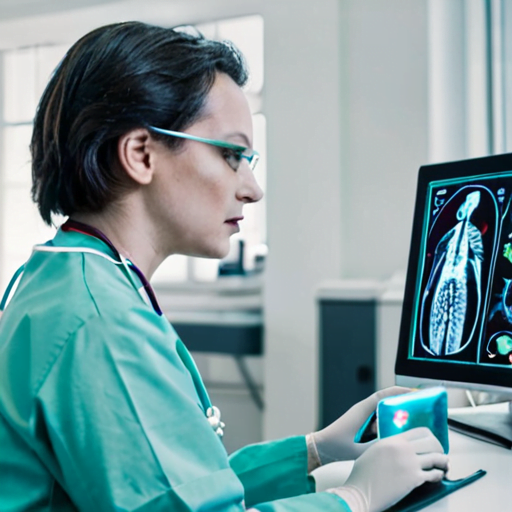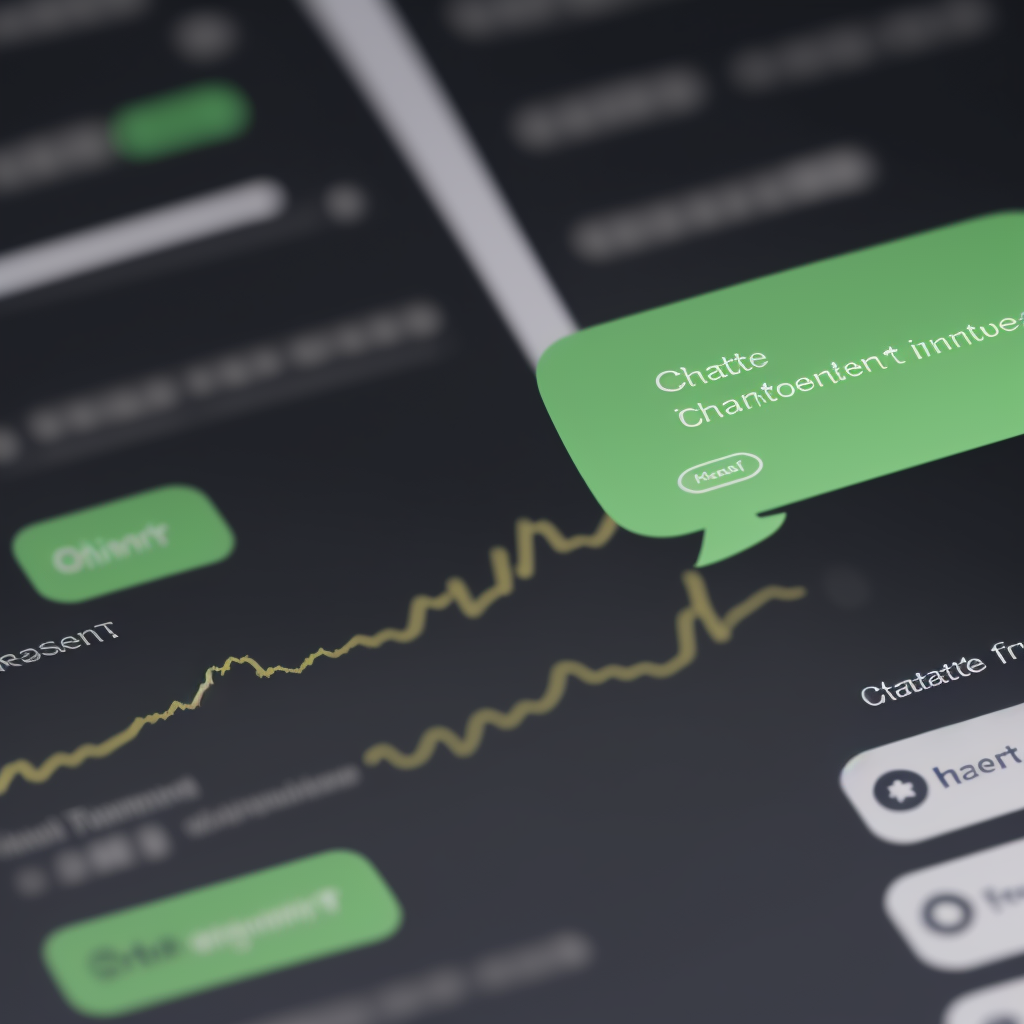The Future is Now: AI is Revolutionizing Healthcare
The healthcare industry is on the cusp of a revolution, and artificial intelligence (AI) is at the forefront of this transformation. In recent years, AI has made significant strides in improving patient outcomes, streamlining clinical workflows, and enhancing the overall healthcare experience. As the technology continues to evolve, it’s clear that AI is here to stay, and its impact on healthcare will be profound.
Diagnosis and Treatment
One of the most significant areas where AI is making a difference is in diagnosis and treatment. AI-powered algorithms can analyze vast amounts of medical data, including electronic health records, medical images, and genomic data, to identify patterns and make accurate diagnoses. This can lead to faster and more accurate diagnoses, which can result in better patient outcomes.
For example, AI-powered systems are being used to detect breast cancer from mammography images with high accuracy, reducing the need for unnecessary biopsies and improving patient outcomes. Similarly, AI-powered algorithms are being used to identify patients at high risk of developing certain diseases, such as diabetes and heart disease, allowing for early intervention and prevention.
Personalized Medicine
AI is also enabling personalized medicine, which involves tailoring treatment plans to individual patients based on their unique genetic profiles, medical histories, and lifestyle factors. AI-powered systems can analyze vast amounts of data to identify the most effective treatment options for each patient, reducing the risk of adverse reactions and improving patient outcomes.
For example, AI-powered systems are being used to develop personalized treatment plans for cancer patients, taking into account their genetic profiles, medical histories, and treatment responses. This can lead to more effective and targeted treatments, improving patient outcomes and reducing the risk of side effects.
Predictive Analytics
AI-powered predictive analytics is another area where the technology is making a significant impact. By analyzing large datasets and identifying patterns, AI-powered systems can predict patient outcomes, identify high-risk patients, and anticipate potential health crises.
For example, AI-powered systems are being used to predict patient readmissions to hospitals, allowing healthcare providers to take proactive steps to prevent readmissions and improve patient outcomes. Similarly, AI-powered systems are being used to identify patients at high risk of developing certain diseases, such as sepsis and pneumonia, allowing for early intervention and prevention.
Challenges and Opportunities
While AI is revolutionizing healthcare, there are still challenges and opportunities that need to be addressed. One of the biggest challenges is ensuring that AI systems are transparent, explainable, and accountable. Healthcare providers need to be able to understand how AI systems are making decisions and be able to trust the results.
Another challenge is ensuring that AI systems are equitable and unbiased. AI systems can perpetuate biases and discrimination if they are not designed and trained carefully. Healthcare providers need to ensure that AI systems are designed to be fair and unbiased and that they do not perpetuate existing health disparities.
Despite these challenges, the opportunities for AI in healthcare are vast. As the technology continues to evolve, we can expect to see even more innovative applications of AI in healthcare, from virtual assistants to robotic surgery.
Conclusion
The future of healthcare is now, and AI is at the forefront of this revolution. By analyzing vast amounts of data, identifying patterns, and making accurate diagnoses, AI is improving patient outcomes, streamlining clinical workflows, and enhancing the overall healthcare experience. While some challenges and opportunities need to be addressed, the potential for AI in healthcare is vast, and we can expect to see even more innovative applications of the technology in the years to come.




